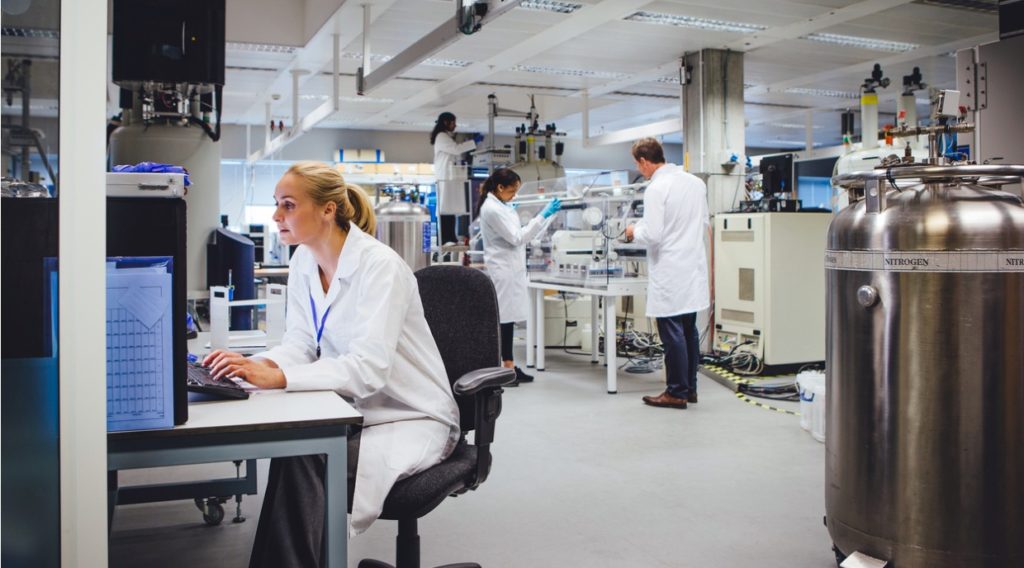R&D Tax Planning for the Mid-Market Client


What would cause a tax professional to need to review R&D tax benefits for midsized or smaller clients?
The main tax savings can arise from the federal benefit, but many states also have benefits. The usual focus is the R&D tax credit – officially “research and experimental credit” – which isn’t just for big companies.
Authorities at Hand
Following is a brief roadmap of the primary authorities on our topic:
- Sections 38, 41, 174, 280C
- Regs. 1.41-0 Table of contents of regulations 1.41-1 to 1.41-9
- Regs. 1.174-1: R&D basics
- Regs. 1.174-2: R&D defined
- Regs. 1.174-3: R&D treated as an expense
- Regs. 1.174-4: R&D treated as deferred expense
- Regs. 1.280C-4: Credit for increasing research activities
- Form 6251 Alternative minimum tax – individuals (Part 1, line r)
- Form 6765 Credit for increasing research activities (instructions include overview of qualifying expenses)
- Notice 2017-23: Election by qualified small business to claim payroll tax credit for increasing research activities
Overview
Under Regs. 1.174-1, research and development may relate to a general program or particular project. Expenditures are deducted up front, amortized or capitalized.
A 20-percent credit may be allowed for increased R&D, but the deduction is reduced by the credit. The credit is generally subject to the special rules that may apply under Section 280C.
There is generally an option of expensing R&D but barring legislative relief, qualifying expenses will soon need to be amortized over five years (15 years for expenditures for foreign research). The new amortization requirement has a mid-year starting point that generally applies to amounts paid or incurred in a tax year beginning after December 31, 2021.
It is possible that a relatively young start-up company with payroll tax and little revenue qualify for tax benefit. Individuals may encounter an adjustment to expensed R&D for purposes of the alternative minimum tax.
What Qualifies for Special R&D Tax Treatment?
In general, qualifying costs focus on research, including modeling, and the elimination of uncertainty in the laboratory or experimental sense. What is new and improved to the taxpayer can qualify. The taxpayer doesn’t have to show the innovation is new to the world. Improvements of the old, not just development of the new, can qualify.
Systematic, purposeful, before-and-after documentation of the testing or experiments are helpful in establishing the goals and nature of the work. Contracted costs and supplies can qualify, as well as internal expenditures.
Patent and patent related costs can qualify, including legal fees related to the patent application. Wages can qualify (whether Ph. D. or blue-collar), and are often the major component of the credit, so time-tracking among multiple departments is often critical.
Nuances of time tracking are important. For example, adapting research to fit the needs of a particular customer generally will not qualify (Instructions to 2020 Form 6765).
Support help for the R&D function can qualify. Outside-the-firm consultants, e.g., engineering and design, are eligible. Supplies consumed in developing new products, models, experimental designs, can be considered part of the R&D process if the accounting records are sufficiently detailed to document such costs and their purpose.
The process generally needs to improve functions, results, quality, or have evaluated design alternatives. Projects with specified purposes, and detailed notes of experiments and their results, are actually part of the company’s tax records because such information supports the tax treatment.
Documentation is a critical part of sustaining the R&D tax benefits (See Siemer Milling Co., T.C. Memo 2019-37, on the importance of documentation). Systematic work toward improvement, whether through modeling or trial and error or other means should also be part of structure to qualify for the tax benefit. Contract notes, project notes, lab reports, management notes, qualifications relevant to the process, may all need to be accessed in support of the tax treatment.
At times, the process may seem very narrow, yet the breadth of our topic is another important perspective. For example, packaging — not just product — can be the focus and qualify for the tax incentives.
Research, in the marketing or general business sense, is not qualifying. Buying an existing patent also doesn’t qualify. R&D where the payer doesn’t retain any significant rights in the research doesn’t qualify either.
R&D Tax Planning Essentials
What types of businesses might trigger the CPA’s attention in terms of R&D planning. Following are general thoughts that may be helpful.
Types of businesses particularly apt to benefit from the credit: medical, dental; construction, engineering, architectural; technology, manufacturing, food and beverage companies.
Engineering and computer science can qualify, not just research in the biological, test-tube sense. For example, design improvements that help a building withstand earthquakes or weather extremes may qualify.
The focus might be more efficient use of water or renewable energy, improved air quality, pollution reduction, or use of renewable energy, such as solar energy, better window systems for energy. The type of building wouldn’t appear to matter for this purpose – home, business, office, school.
Food and beverage companies can qualify with experiments focused on waste reduction, extension of shelf-life, and environmentally-friendly packaging changes.
Software development that can qualify might involve new platforms, virtual reality applications, and internal software improvements.
Manufacturing company R&D might emphasize process efficiencies, enhancing machinery used in the manufacturing process, improvements in peripheral aspects of production runs, process design modifications, and improvements in the fabrication of product components.
Complexity of the process, such as is typical of the petroleum, natural gas, and coal industries, should often suggest R&D planning inquiries from the tax professional.
Conclusion
The CPA’s role in these matters can include not only tax planning and identifying qualifying activities, but also helping the client qualify by documenting with good systems and narratives of supporting information. The CPA’s background with IRS exams can also make an important contribution along with knowledge of the complex tax rules governing R&D tax benefits.

